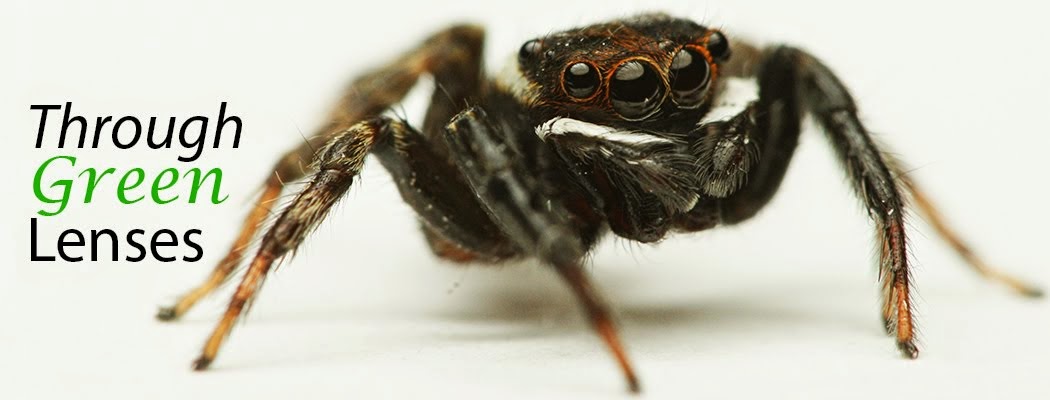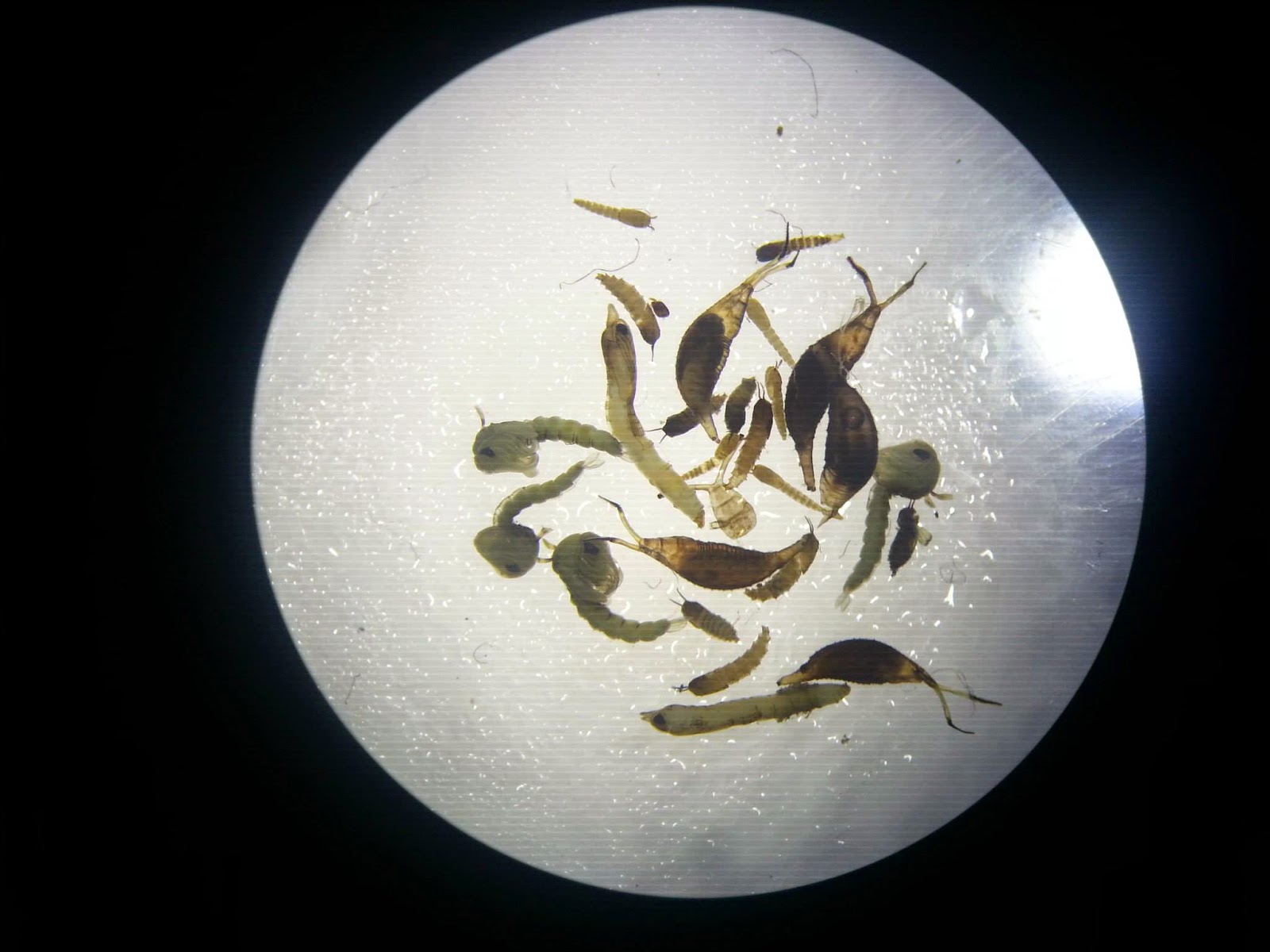About a week ago, I read an article in the Straits Times
that was quite disturbinge. From the article, a man tied a tern chick’s
foot to a bush to allow photographers to get a clean shot of it while the
stressed parents were seen flying above the nest.

Photo by Jaieden Shen
I find such actions
distasteful for a few reasons:
- Handling the chick and stressing the parent might lead to them abandoning the nest and the chick. Compounding the issue is that the Little Tern is threatened in Singapore.
- Nature photography should be about capturing the animals in their natural state. While affecting the environment is unavoidable, we should be trying to minimalise the impact of our actions.
I believe as photographers, we can all play a part bringing
nature closer to the public audience. We are able to show the public the
remaining biodiversity in Singapore and hopefully spark an interest in people.
However, we have to be mindful that as ambassadors, the methods we use
to capture the image are as important as the image itself.
So how we (everyone using nature areas) behave? The Nature Society (Singapore) has a really comprehensive code of ethics on the way we should interact with nature. It is well worth a read to see how we can minimalise our impacts. Does a good
photograph justify the stress inflicted on the bird? I would say no.

